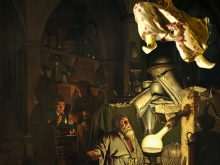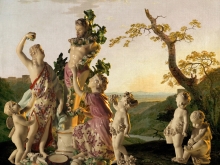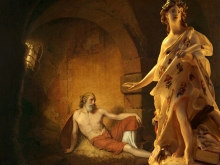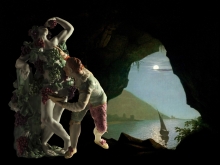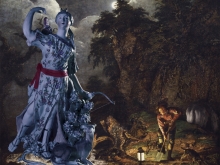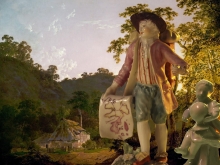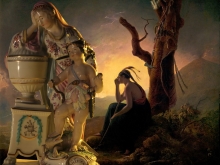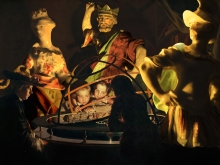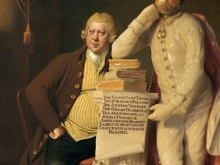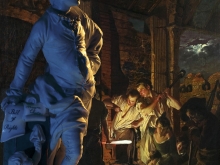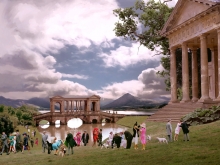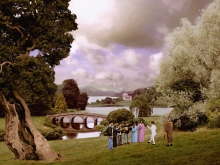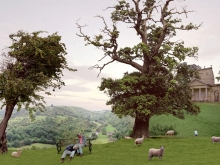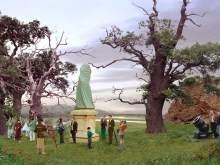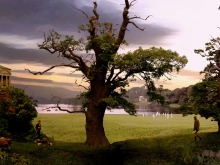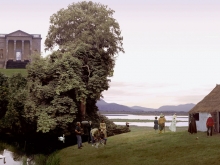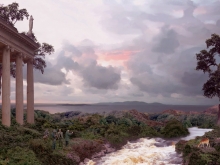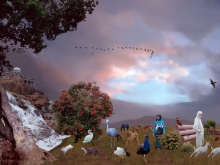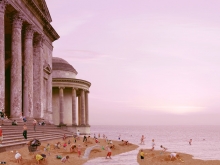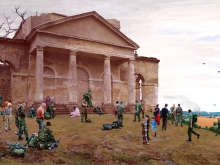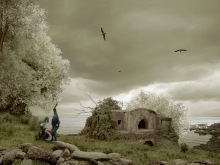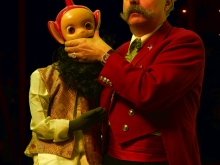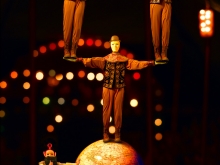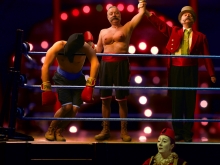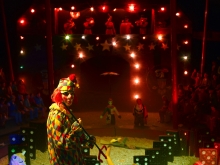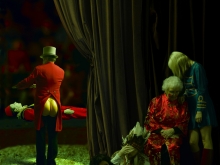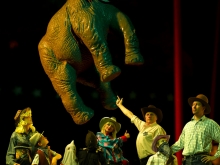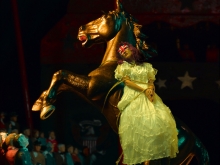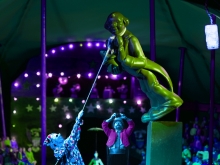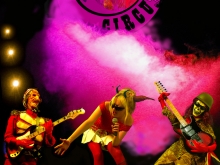John Goto
Kafka in America
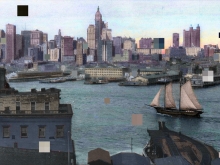
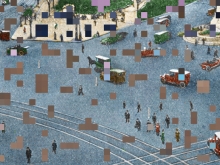
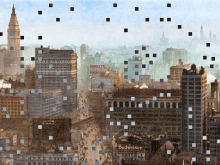
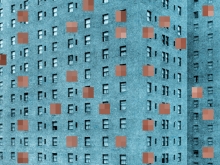
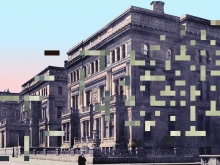
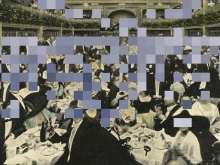
I took him photographs of constructivist pictures.
Kafka said, ‘They are merely dreams of a marvellous America, of a wonderland of unlimited possibilities. That is perfectly understandable, because Europe is becoming more and more a land of impossible limitations’.
‘Conversations with Kafka’ Gustav Janouch.
Franz Kafka (1883-1924) never visited America, although it provided the setting for his first novel, Der Verschollene (The Man Who Disappeared, also published under the title of Amerika). He worked on it intermittently between 1911 and 1914, after which he put the manuscript aside and it remained unfinished at his death.
Kafka based his fictional America on a number of personal and published sources. Family members had emigrated to the States and occasionally wrote home or visited Prague. His maternal uncles Joseph and Alfred Loewy, and cousins Emil and Victor Kafka all spent time in America. Of more significance in relation to the novel, which is set in New York, were his cousins Otto, who established himself as a wealthy businessman in the city, and Franz (known as Frank), his younger brother who joined him in 1909 at the age of sixteen. It must have been strange for the writer to have his namesake escaping the confines of Prague, which he didn’t achieve himself until near the end of his life, for the promised freedom of the New World.
Kafka was an avid reader of travel literature. Arthur Holitscher’s popular reports from American were first serialised in newspapers (1912) and then published with illustrative photographs as ‘Amerika – Heute und Morgan’, of which Kafka owned a copy. Other literary sources claimed as influences include Charles Dickens’ David Copperfield and The Autobiography of Benjamin Franklin. Furthermore, Kafka attended Dr Fantisek Soukup’s lectures in Prague about his travels in America, and received oral reports from two returned workmen.
Kafka preferred the ‘repose of gaze’ offered by the photograph to the mobile vision of cinema. But scrutinising photographs did not always lead to intimacy or knowledge, and instead could produce feelings of estrangement and alienation. The fragmented city depicted by Kafka seems infused with a malevolent spirit, which compresses its space, rendering negative all that was new and hopeful. Indeed, the American ‘rags to riches’ myth found in Horatio Alger’s stories is turned on its head in Kafka’s novel as the young immigrant, Karl Rossmann, slides inexorably down the social ladder.
Goto’s series is set in and around New York City, circa 1914. Like Kafka, Goto has never been to America, and has similarly constructed his city using photographic, literary and critical sources. Below the surface of the wealthy, technological, modern city of New York, with its institutions and instruments of power, a disquieting undertow is discernable.
‘Kafka in America’ consists of 21 images. The micro-piezo prints are made by the artist onto rag paper using archival inks. They vary in size between 42 X 60cm (edition of 10) and 84 x 118cm (edition of 3).
Mosaic
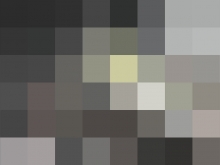
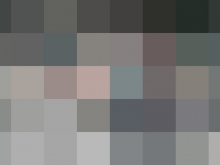
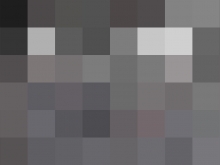
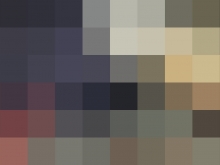
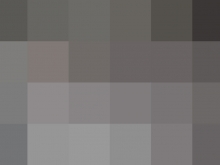
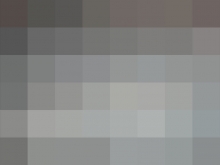
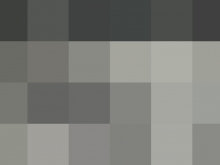
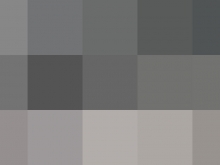
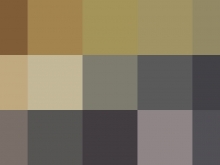
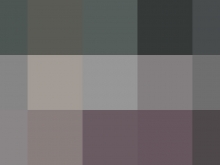
Prompted by the invasion of the Gaza Strip by the IDF (27 December 2008 – 21 January 2009), John Goto has made "Mosaic", a series of apparently abstract images. Access to the conflict was denied to the international press. One common means of censoring digital images is the application of a standard graphics filter called Mosaic. Having mapped a grid across the image, the filter averages the tones and colours within each rectangle. To resolve the problem of relating a visible to an invisible image, Goto has made a double-sided print onto a single sheet of paper. The censored image is visible within the frame, but by removing the picture from the wall, the uncensored verso is revealed. The series continues Goto's investigation into the relationship between modernist abstraction and politics began in his 'Terezin' series (1987). The title Mosaic also refers to Moses the Lawgiver.
Floodscapes
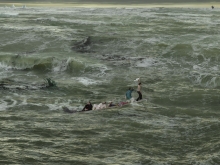
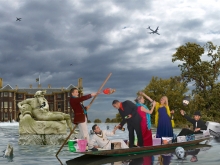
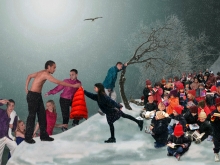
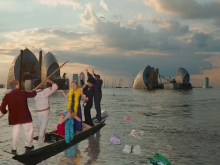
John Goto's 'Floodscapes' series came about through an unusual and innovative collaboration between the Environment Agency's 'Floodscape' project, the University of Derby and the artist, and aims to explore the use of art as a means of imaginatively engaging the public with the aesthetics of landscape and the issues and options involved in managing floods. Increased river and coastal flooding has become a frequent occurrence across many parts of Europe. Floods have demonstrated their ability to cripple cities and towns; destroy homes and businesses; power supplies, transport infrastructure and communication systems costing billions. The effects of climate change can have severe impacts on our lives. Climate change results in more frequent rainfall, rising sea levels and increasing storminess, all causes of flooding.
In the past, building walls, embankments, gates and barriers, have controlled floodwater. As the climate changes and becomes more unpredictable, new solutions need to be found, since it is not always safe to build flood defenses higher and assume they will never fail. The Environment Agencies 'Floodscape' project aims to develop new approaches to flood management including restoring wetlands and river habitats, and soft engineering solutions which provide space for water at times of crisis. Three Floodscape project sites along the Thames at Ham, the Thames Barrier and North Kent Marshes are woven into Goto's narrative. Using the river as a linear narrative form, Goto's characters embark on an increasingly perilous journey towards the estuary. The turning point of their voyage is a mysterious snow covered island, where they meet the children of the future, from which they retrace their route along a changed and more benign river, towards their starting point. Goto quotes paintings by Turner and Gericault in these highly articulate and thoughtful images, which break new ground in the depiction of ecological issues and the hazards of global warming.

